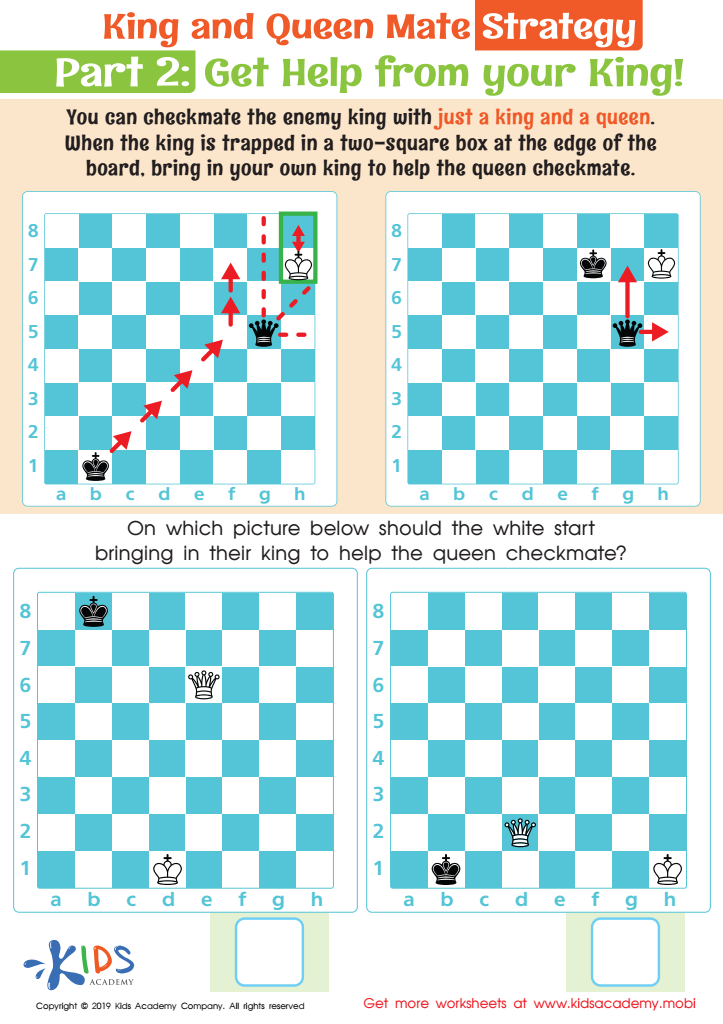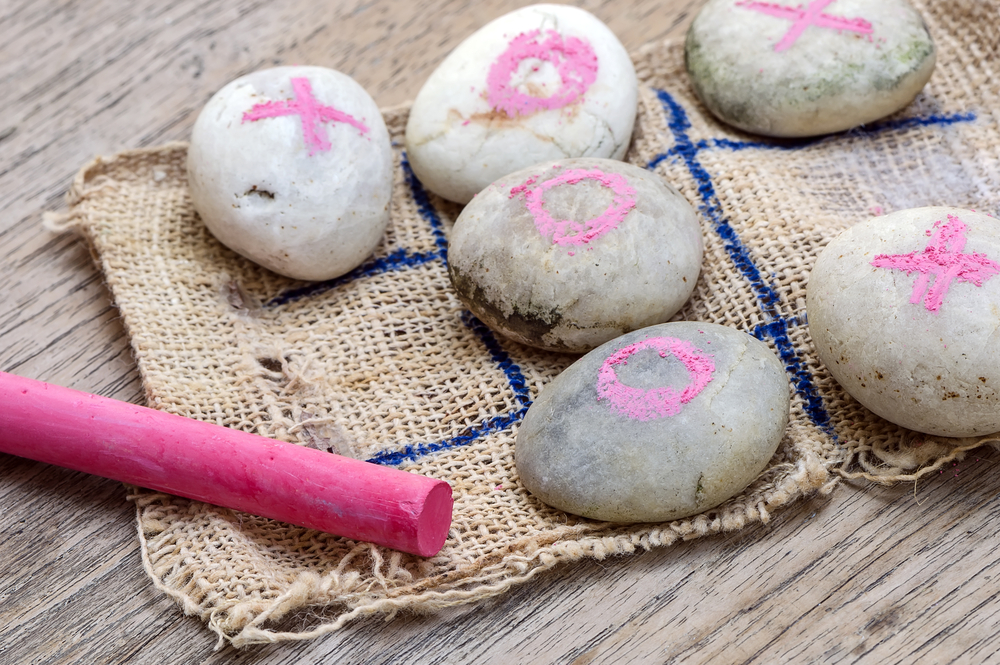Chess piece movement Worksheets for Kids
1 filtered results
-
From - To


King and Queen Mate Strategy: Part 2 Worksheet
Question/Answer
What does the Chess piece movement skill mean when it comes to Grade 1 Chess learning?
The Chess piece movement skill in Grade 1 Chess learning refers to the basic ability to correctly move the different chess pieces according to their unique rules.
How does the mastery of the Chess piece movement skill affect a student's performance at an early age?
Mastering chess piece movement at an early age can significantly enhance a student's analytical thinking, problem-solving skills, memory, concentration, and strategic planning abilities. This early cognitive development can positively impact their academic performance and intellectual growth, fostering a foundation for critical thinking and creativity in various aspects of life and learning.
How to test a Grade 1 student’s Chess piece movement skills?
To test a Grade 1 student's chess piece movement skills, provide a chessboard with pieces set in various positions. Ask the student to correctly move different pieces (pawn, knight, bishop, rook, queen, king) according to their rules. Start with simple moves and gradually increase complexity. Observe accuracy in adhering to rules and the ability to execute basic strategies.
 Assign to the classroom
Assign to the classroom










